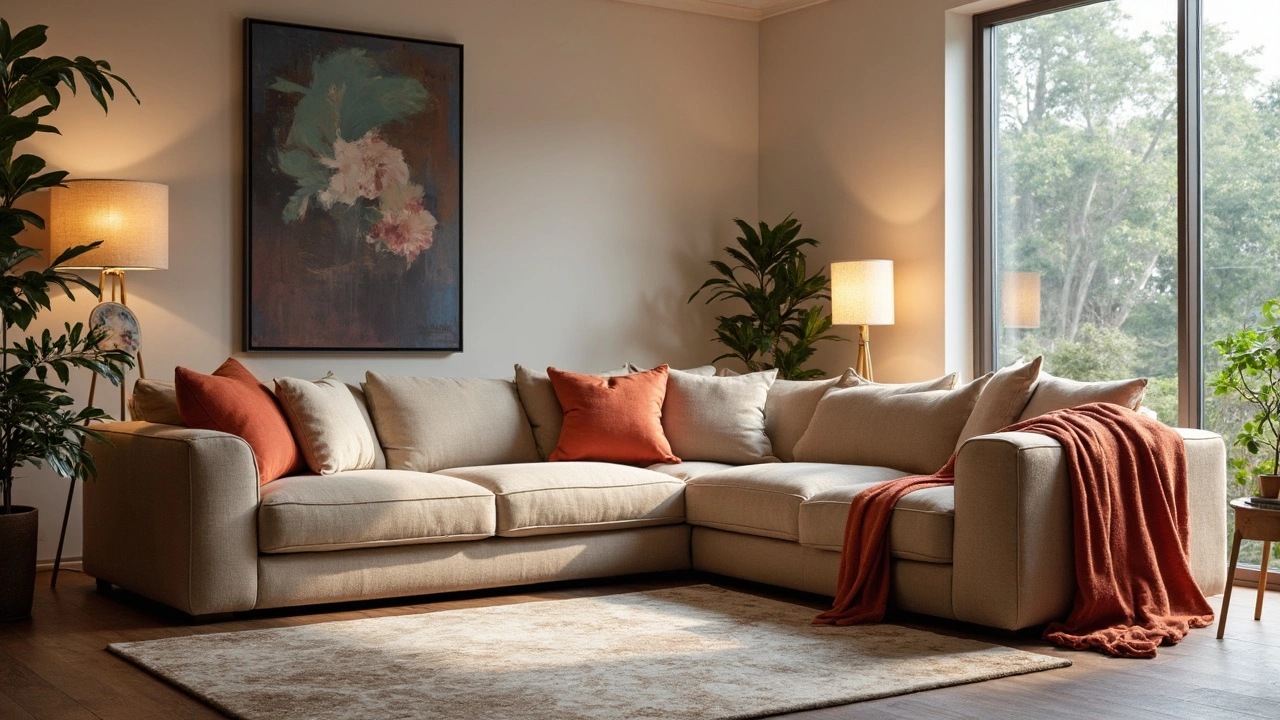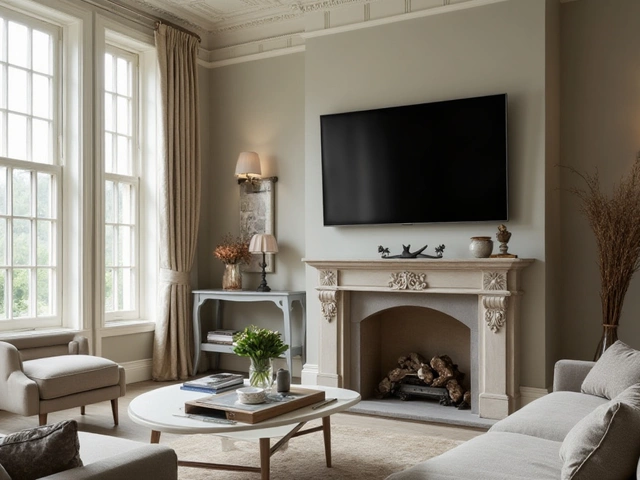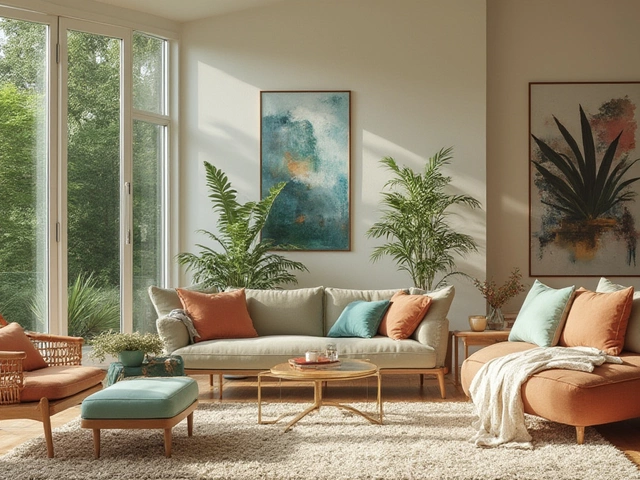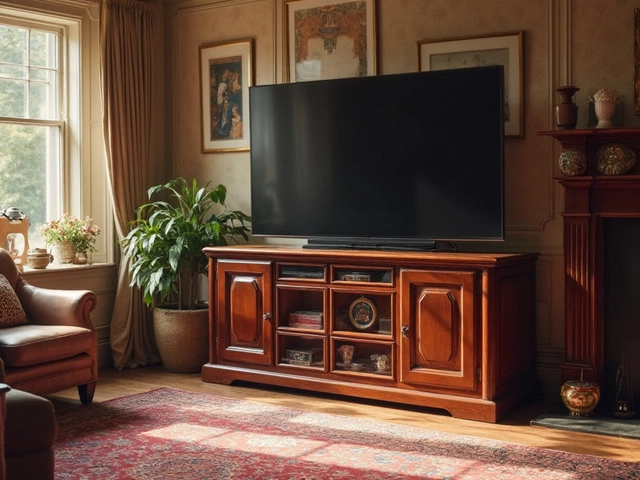Corner Couch: The Easy Way to Maximise Your Living Space
Got a tight living room but still want a comfy place to lounge? A corner couch might be the answer. It fits snugly into an empty corner, giving you extra seating without hogging floor space. In the next few minutes you’ll see why it works, how to choose the right one, and how to keep it looking fresh.
Why Choose a Corner Couch?
First off, a corner couch is a space‑saver. By hugging two walls, it creates a natural seating nook that feels cozy yet open. You get more seating per square foot compared with a regular three‑seater. That extra room can be used for a coffee table, a bookshelf, or just more wiggle room for kids.
Second, it adds a focal point to the room. A well‑chosen corner sofa can anchor the colour scheme and set the mood. Whether you pick a neutral grey or a bold navy, the shape draws the eye and makes the layout feel intentional.
Third, many corner couches are modular. You can rearrange sections, add a chaise or a recliner, and even convert part of it into a bed. This flexibility is handy for growing families or small apartments that need multi‑purpose furniture.
Tips for Picking the Right Corner Couch
Measure the corner. Pull a tape measure from wall to wall and note the depth you have. Most corner sofas are about 30‑35 inches deep, but you’ll find slimmer options if the space is tighter.
Think about the shape. L‑shaped sofas fit a classic 90‑degree corner, while curved or “U”‑shaped models work better in larger rooms. Choose the shape that matches your floor plan.
Check the frame. A sturdy hardwood or steel frame will hold up for years. Avoid cheap particleboard frames—they tend to wobble and may break under daily use.
Pick upholstery that fits your life. If you have kids or pets, look for removable, washable covers or fabrics with a high rub‑rating. Leather looks sleek but can show scratches.
Don’t forget comfort. Sit on the couch before buying. The seat depth should let you sit back without feeling cramped, and the backrest should support your spine.
Finally, consider the style. A modern low‑profile corner couch works well in minimalist spaces, while a tufted, high‑back version adds a traditional touch. Match the legs—wood, metal, or carpeted—to the rest of your furniture for a cohesive look.
Once you bring the couch home, place a rug that’s large enough to fit all legs. This anchors the piece and prevents it from sliding. Add a couple of side tables or a small ottoman for extra convenience.
Maintenance is simple: vacuum the fabric weekly, spot‑clean spills right away, and rotate cushions if they’re removable. Doing this keeps the couch fresh and extends its life.
In short, a corner couch gives you more seating, defines the room, and can adapt as your needs change. With a quick measurement, a check of frame quality, and the right fabric choice, you’ll find a piece that looks great and lasts years.





